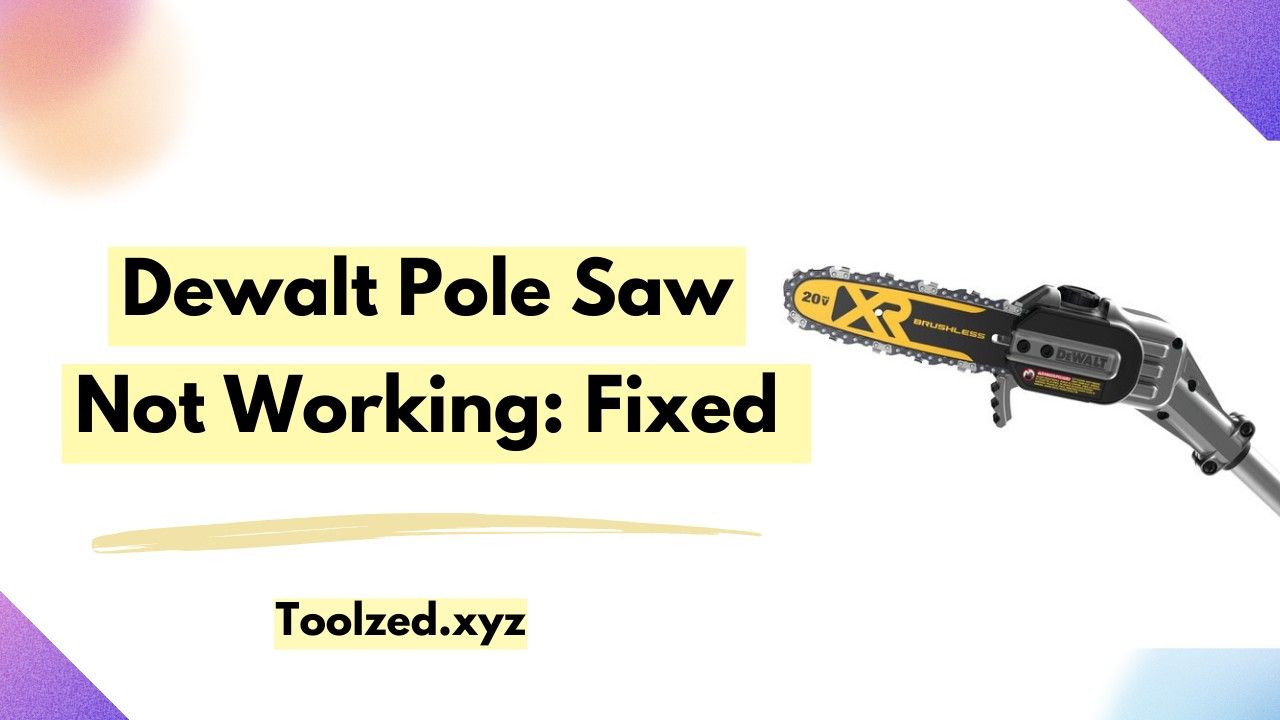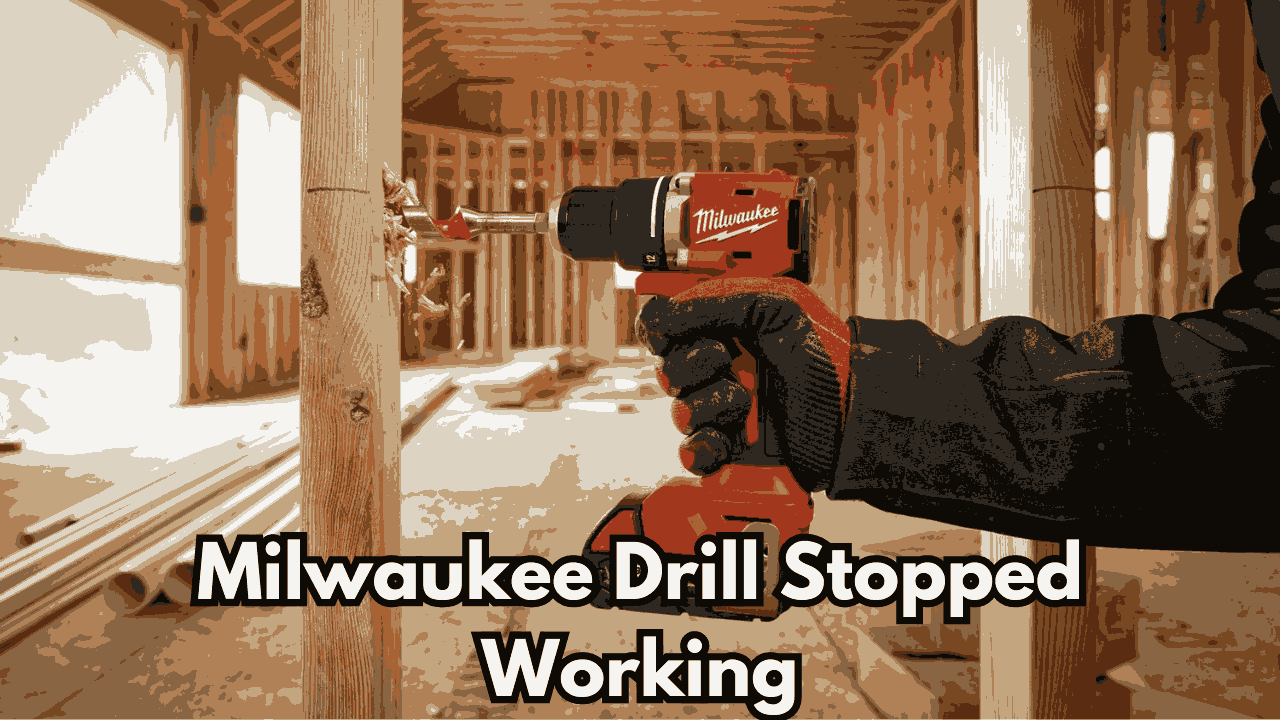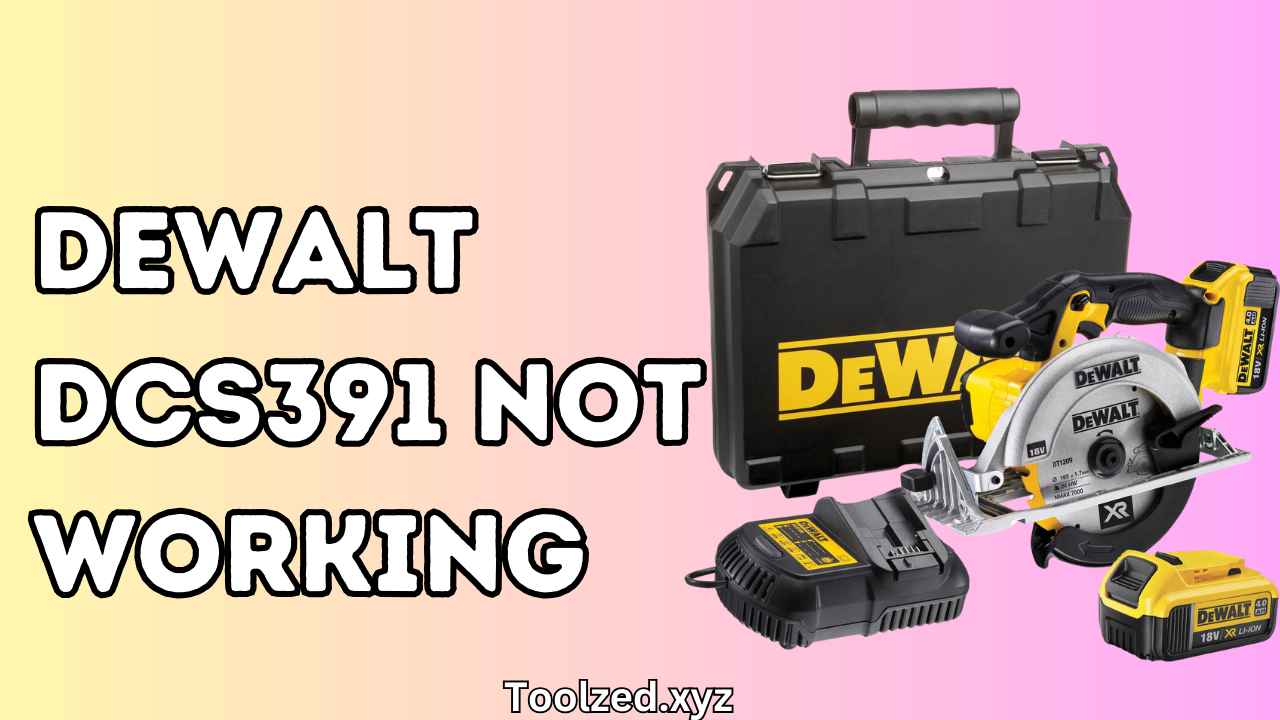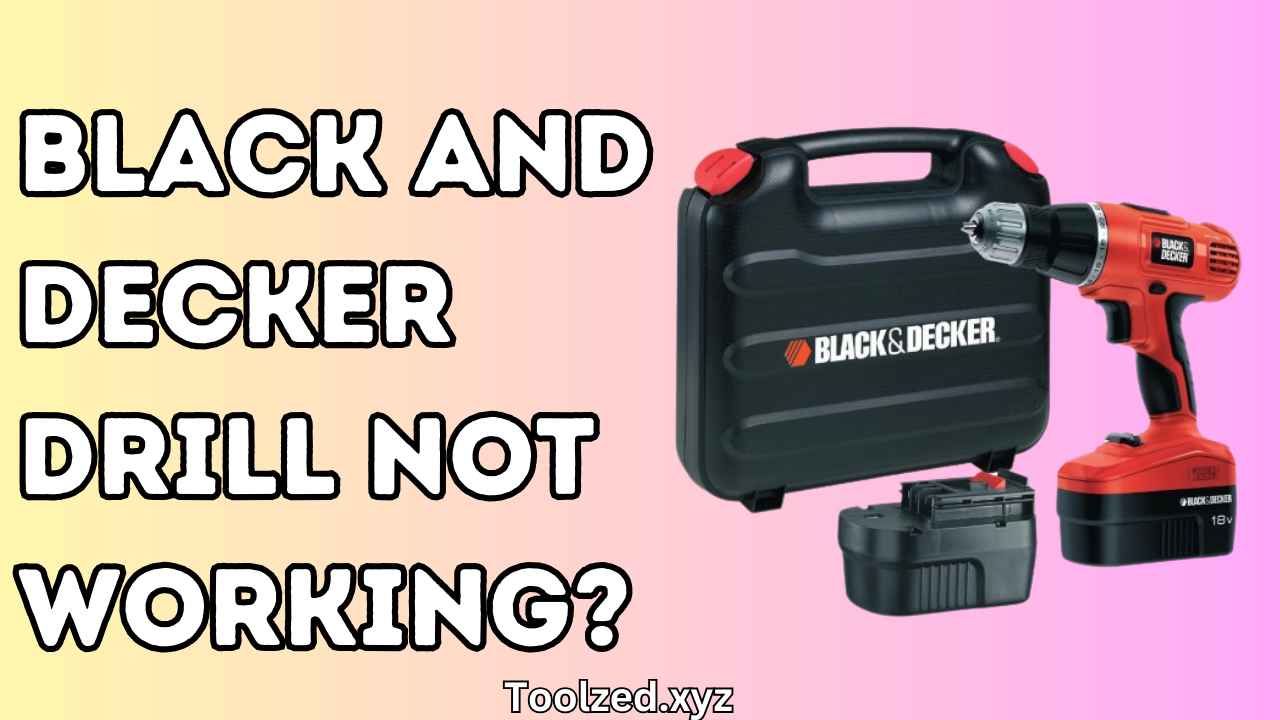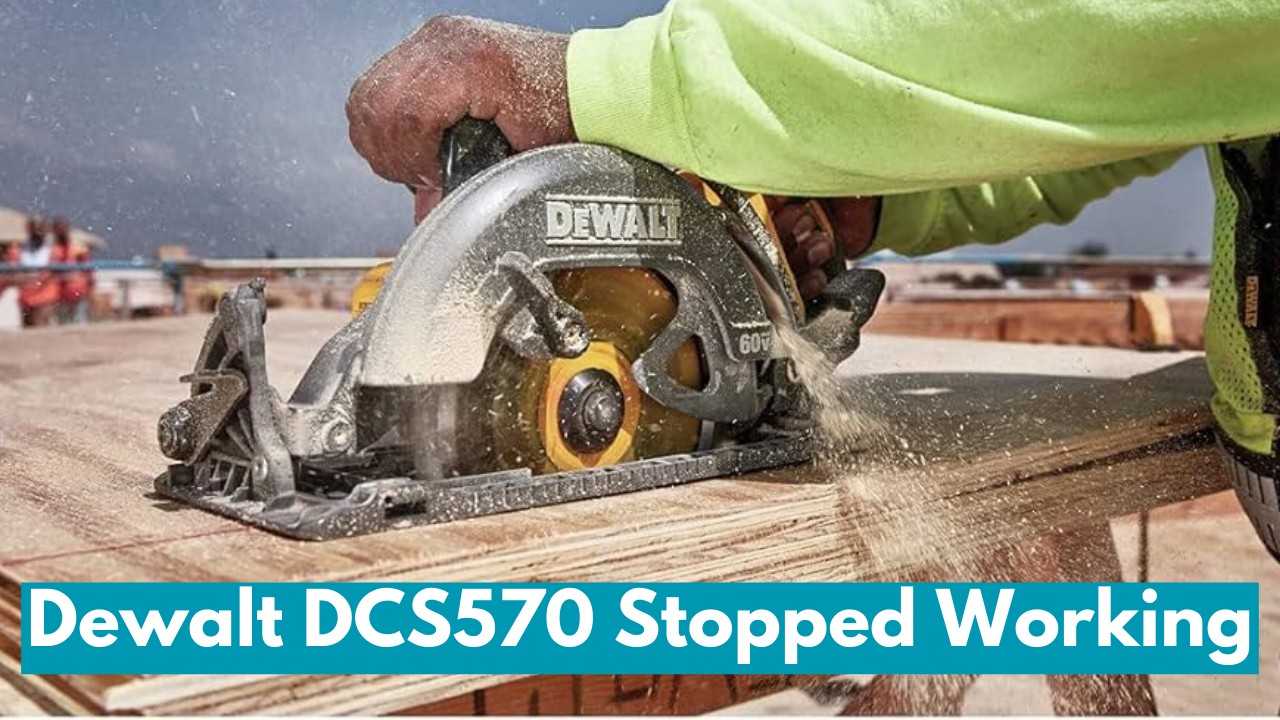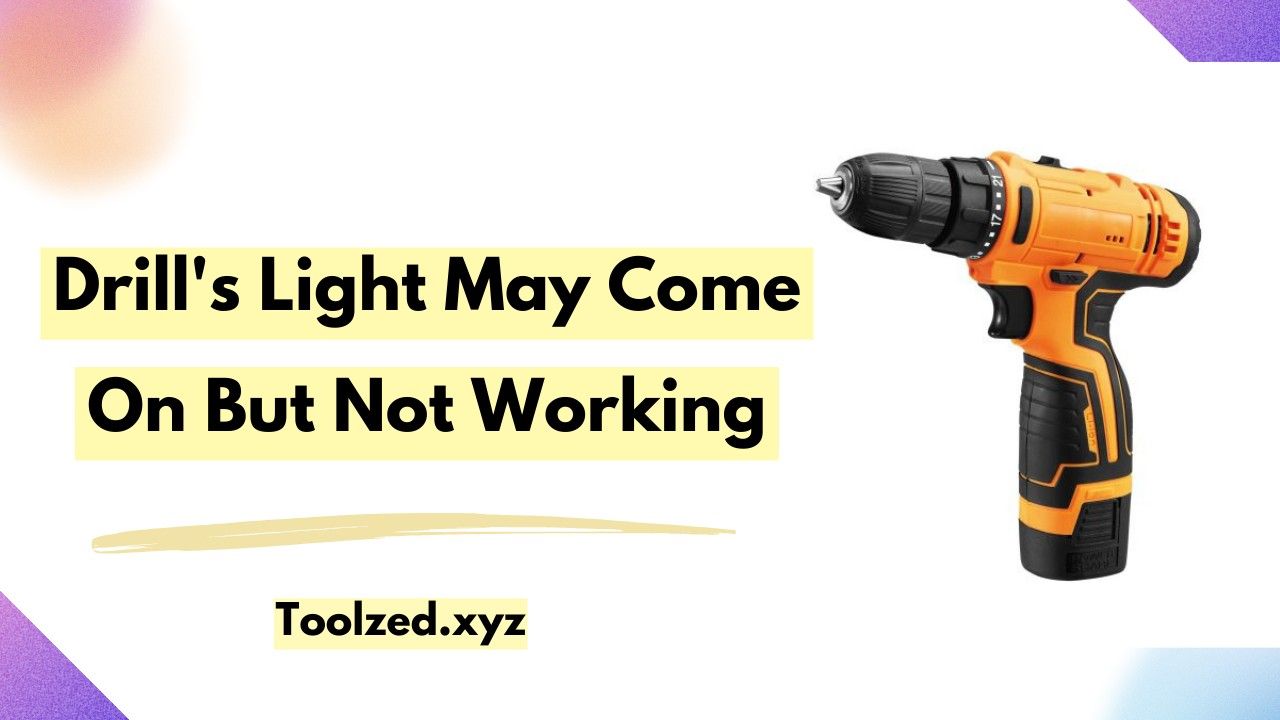The DeWalt DCS690 is a powerful, versatile tool for heavy-duty cutting tasks. This cordless cut-off saw delivers reliability and performance for construction sites and home DIY projects.
However, like any power tool, it can sometimes face issues that hinder its functionality. This blog post will explore eight easy solutions to users' common problems with the DeWalt DCS690.
Whether you’re a seasoned professional or a weekend warrior, these tips will help you get your tool back in working order.
Common Issues with the DeWalt DCS690
Before diving into the solutions, it’s essential to understand the most common issues that can cause the DeWalt DCS690 to stop working. These include:
- Battery Problems
- Motor Malfunctions
- Overheating
- Blade Issues
- Electrical Problems
- Trigger/Switch Issues
- Dust and Debris Build-up
Each of these problems can manifest in different ways, but with the right approach, they can be resolved quickly and efficiently.
How to Fix DeWalt DCS690 Not Working?
Check Battery Pack Installation
One of the most common issues that can cause the DeWalt DCS690 to stop working is a problem with the battery pack installation.
Ensuring the battery pack is correctly installed can save you time and frustration. Here are the steps to check and secure the battery pack:
- Turn off and unplug the tool before checking the battery to avoid accidental starts.
- Press the release buttons and remove the battery. Look for dust, debris, or corrosion on the terminals.
- Clean the terminals with a dry cloth or brush to ensure a good connection.
- Reinsert the battery until it clicks into place.
- Turn on the tool to test it. A smooth start usually means the battery connection was the problem.
Following these simple steps, you can often resolve battery-related issues and get your DeWalt DCS690 back to peak performance.
Verify Battery Pack Charging Requirements
Another common issue with the DeWalt DCS690 can be related to the battery pack’s charging requirements.
Ensuring your battery pack is adequately charged and meets the necessary charging conditions is crucial for optimal tool performance.
Here are the steps to verify your battery pack’s charging requirements:
- Check the battery indicator on the tool. If it’s not fully charged, place it in the charger.
- Ensure you use a compatible DeWalt charger for your specific battery pack.
- Verify that the charger is plugged into a working outlet and turned on.
- Allow the battery to charge until the indicator light turns green or stops flashing.
- Reinsert the charged battery into the tool and test it.
If your DeWalt DCS690 is still not working, you may need to replace your battery pack or charger.
Check for a Faulty Battery Pack
If checking the battery pack installation and verifying charging requirements do not resolve the issue, the problem might lie with the battery pack itself. A faulty battery pack can prevent your DeWalt DCS690 from functioning correctly. Follow these steps to determine if the battery pack is faulty:
- Check for swelling, cracks, or visible damage. Do not use and replace damaged batteries immediately.
- Try a different compatible DeWalt battery with your tool. If it works, the original battery may be faulty.
- Measure the battery’s voltage with a multimeter. The battery could be defective if it’s much lower than the label’s rating.
- Batteries degrade over time. If yours is old or frequently recharged, it might need replacing.
By identifying and replacing a faulty battery pack, you can restore the functionality of your DeWalt DCS690 and ensure it operates at its best.
Check for Blockages and Mechanical Issues
Mechanical issues and blockages within the tool can also cause your DeWalt DCS690 to stop working.
Ensuring that there are no obstructions or mechanical malfunctions is essential for the smooth operation of the tool.
Here are the steps to check for blockages and mechanical problems:
- Turn off and unplug the tool before inspecting it.
- Look for any visible obstructions, such as debris or foreign objects, and remove them.
- Check if the blade is properly aligned and tightened.
- Inspect the motor and drive belt for damage or wear.
- Lubricate any moving parts as necessary.
If you notice any significant damage or wear, it’s best to consult a professional for repair or replacement.
Ensure Proper Ventilation and Cooling
Overheating can also cause the DeWalt DCS690 to stop working. The tool has built-in temperature sensors that shut down the motor if it reaches unsafe temperatures.
To avoid this issue, ensure the tool has proper ventilation and cooling. Here’s how:
- Use the tool in a clean, dry area with adequate air circulation.
- Avoid using it for extended periods without breaks.
- Check that the motor vents are not clogged with dust or debris.
- If necessary, use compressed air to blow out any blockages.
Ensuring proper ventilation and cooling can prevent your DeWalt DCS690 from overheating and maintain its performance.
Check for Fuse Issues
Electrical problems can sometimes cause the DeWalt DCS690 to stop working, and a blown fuse is a common culprit.
Checking and replacing the fuse can resolve this issue and get your tool back in working condition. Here’s how:
- Turn off and unplug the tool before inspecting it.
- Look for the fuse holder in the tool’s handle and remove the fuse.
- Check if the fuse is blown by visually inspecting or testing with a multimeter.
- If necessary, replace it with a new fuse of the same rating.
- Reinsert the fuse and test the tool.
If the fuse continues to blow, an underlying electrical issue may require professional attention.
Inspect the Trigger/Switch
The trigger or switch is another critical component of your DeWalt DCS690 that can cause it to stop working if it becomes damaged or malfunctions. To check for issues with the trigger/switch, follow these steps:
- Turn off and unplug the tool before inspecting it.
- Visually check for any visible damage or wear on the trigger/switch.
- Test the switch multiple times while observing the motor’s response.
- If there are issues with the switch, consult a professional for repair or replacement.
Regularly checking and maintaining the trigger/switch can prevent potential problems and ensure your DeWalt DCS690’s functionality.
Motor Malfunction Solutions
If none of the above steps resolves the issue, there may be a problem with the tool’s motor. Motor malfunctions can occur for various reasons, such as wear and tear or incorrect usage. Here are some potential solutions for motor malfunction issues:
- Check for any visible damage or wear on the motor and surrounding components.
- Inspect the brushes for wear and replace them if necessary.
- Clean and lubricate the motor as directed in the user manual.
- If you are uncomfortable with inspecting or repairing the motor, consult a professional.
By addressing potential motor issues promptly, you can prolong the life of your DeWalt DCS690 and keep it performing at its best.
Conclusion
In conclusion, several factors can cause your DeWalt DCS690 to stop working, such as faulty batteries, blockages, overheating, electrical problems, and motor malfunctions.
By following the steps outlined above and regularly maintaining your tool, you can troubleshoot and resolve many common issues that may arise. If the problem persists or requires professional attention, do not hesitate to seek assistance.
With proper care and maintenance, your DeWalt DCS690 can continue serving you for years. So, always store it clean and dry, use it according to the manufacturer’s instructions, and perform regular checks and maintenance as needed.


